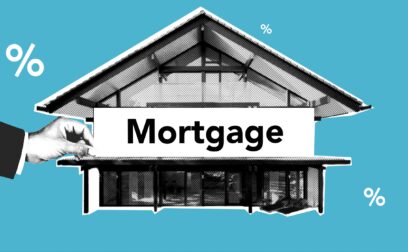Definition
An operating lease is a type of lease agreement in which a lessee gains access to and uses an asset from a lessor for a specified period of time.
What is operating lease?
An operating lease is akin to a rental arrangement. It allows the lessee to use the asset without taking on the risks and responsibilities of ownership.
Key characteristics:
- Shorter term: Operating leases are usually short-term agreements, often covering a significant portion of the asset’s useful life but not its entire lifespan.
- No ownership transfer: At the end of the lease term, the lessee typically has the option to return the asset, renew the lease, or potentially purchase the asset.
- Risk and rewards of ownership: In an operating lease the lessor is responsible for maintenance, repairs, and risks associated with the asset’s value.
- Off-balance sheet financing: They are often considered off-balance sheet financing, meaning the leased asset and associated liability may not be included on the lessee’s balance sheet.
Operating leases typically require lower upfront payments or even no down payment, making it a more accessible option for businesses with limited capital. Furthermore, they offer flexibility as they allow businesses to use the latest and best equipment without committing to ownership.
Example of operating lease
Suppose Company A wants to expand its operations and needs additional space to accommodate its growing inventory. Instead of purchasing a new building, Company A decides to enter into an operating lease agreement with a property owner for a warehouse space.
The lease agreement requires that Company A will lease the warehouse for a period of three years at a monthly rent of £5,000.
Throughout the lease period, Company A will use the warehouse to store its inventory and conduct its business operations. At the end of the lease term, Company A can choose to renew the lease, negotiate new lease terms, or leave the premises, depending on its business needs.
































 yet? Register here!
yet? Register here!